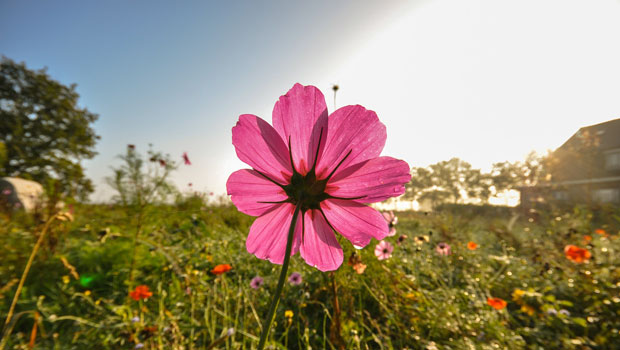Sharp rise in demand for green burial services
USA – Demand is growing for green burial in the US. More than 64% of over 40s want eco-friendly options.
Advocates for green burials say alternative practices have a positive impact on both the environment, and are also changing views of death itself. However, making the transition isn’t easy – in part, due to a lack of awareness.
America’s first green conservation burial ground— The Ramsey Creek Preserve in Westminster, South Carolina — was opened in 1998. Now there are more than 120 cemeteries across the U.S. that offer eco-friendly services. They range from hybrid cemeteries – conventional cemeteries that have converted part of their land for green burials – to conservation burial grounds – a natural burial ground that also acts as a wildlife preserve.
For a burial to be considered green it must meet three requirements set by the Green Burial Council: the body cannot be preserved with traditional embalming fluid, man-made vaults are prohibited and only biodegradable burial containers or shrouds can be used.
The rising trend of green burials parallels an increased concern for the environment, said Lee Webster, treasurer of the Green Burial Council, a non-profit organization that certifies green burial grounds, funeral homes and product manufacturers.
A study last year by the Funeral and Memorial Information Council says 64 percent of people 40 and older expressed interest in green burials, a 21 percent increase from data collected in 2010. Data were collected from more than 1,500 people.
“More and more people have lived doing recycling and being environmentally friendly,” said Webster, who is also president of the Home Funeral Alliance. “They discover that the final process includes toxic chemicals and cement being buried in the ground. It’s abhorrent to them.”
A report from the Green Burial Council says conventional burials – embalming, funeral home viewing and placing a steel casket in a cement lined hole – result in the annual use of 77,000 trees and 4.3 million gallons of embalming fluid containing cancer-causing chemicals. On average the entire process can cost $7,000.
Although cremations are considered to be a greener and more-affordable option, one cremation uses as much energy as a 500-mile car trip and releases 250 pounds of carbon dioxide into the atmosphere, according to the National Death Centre, a Britain-based funeral consulting group.
“All of these things don’t make any sense when the most natural thing to be doing is putting the body into ground and letting nature take it’s course,” Webster said.
The idea of being buried in a detoxifying mushroom suit or in a biodegradable pod that becomes a tree was once the stuff of science fiction, but a growing trend toward eco-friendly burial practices is making such things a reality.


Leave a Comment
You must be logged in to post a comment.